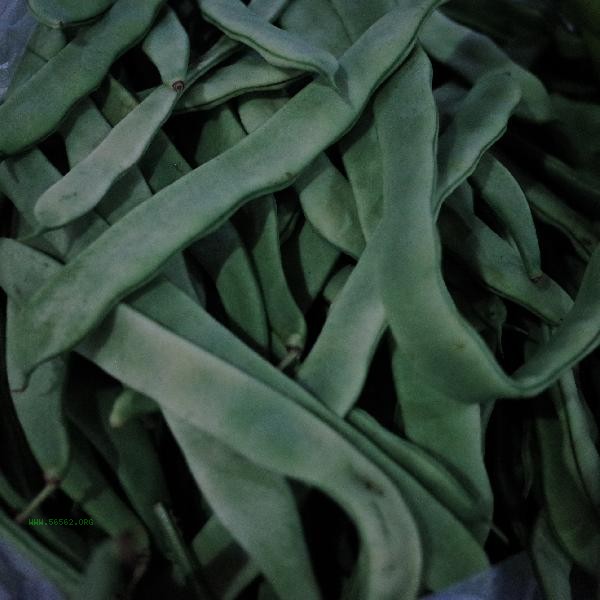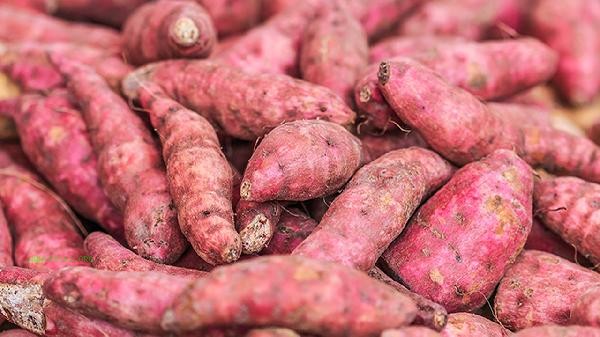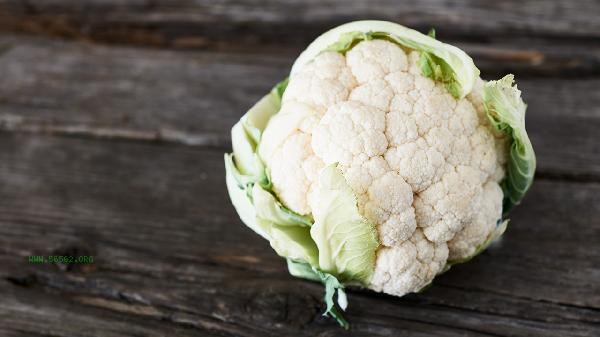There are five main methods for classifying vegetables: botanical classification, edible organ classification, agricultural biology classification, nutritional classification, and cooking use classification.

1. Botany classification
Botany classification is based on the family and genus relationships of vegetables, which has strong scientific validity but low practicality. The Brassicaceae family includes broccoli, cabbage, etc., the Solanaceae family includes tomatoes, peppers, etc., and the Cucurbitaceae family includes cucumbers, pumpkins, etc. Vegetables from different families and genera have differences in growth habits and nutritional value, which is helpful for agricultural research and variety improvement work.
2. Classification of Edible Organs
According to the parts of plant organs consumed by humans, they can be divided into root vegetables, stem vegetables, leaf vegetables, flower vegetables, and fruit vegetables. Carrots are root vegetables, asparagus is stem vegetables, spinach is leafy vegetables, broccoli is cauliflower, and tomatoes are classified as fruit vegetables. This classification intuitively reflects the characteristics of the edible parts of vegetables, making it easy for consumers to identify and purchase.
3. Agricultural biology classification
combines cultivation characteristics and biological characteristics to classify, including twelve major categories such as melons, beans, and leafy vegetables. This classification takes into account the practical needs of agricultural production, such as categorizing watermelons and cucumbers belonging to the gourd family into the fruit and vegetable category and the melon category, respectively. Agricultural workers often use this classification to guide crop rotation and cultivation management.

4. Nutritional classification
is based on the content of major nutrients, such as high vitamin C vegetables, high carotene vegetables, high dietary fiber vegetables, etc. Green peppers are rich in vitamin C, carrots contain a large amount of carotenoids, and celery has a high content of dietary fiber. This classification has guiding significance for the dietary combination of special populations, but most vegetables have complex nutritional composition and vague classification boundaries.
5. Classification of Cooking Uses
According to the cooking processing method, it is divided into categories such as raw vegetables, blanched vegetables, stewed vegetables, etc. Lettuce is suitable for cold mixing, spinach needs to be blanched to remove oxalic acid, and potatoes are suitable for stewing. This classification originates from food culture, although lacking scientific basis, it has strong practicality and directly affects the taste and nutrient retention rate of dishes.

Different classification methods have their own emphasis. Botany classification focuses on scientific systematicity, edible organ classification is intuitive and practical, agricultural biology classification serves practical production, nutrition classification focuses on healthy eating, and cooking classification reflects dietary culture. It is recommended to use the classification of edible organs in combination with nutritional classification in daily life, which can ensure dietary diversity and provide targeted supplementation of nutrients. When choosing, pay attention to the reasonable combination of different types of vegetables. Dark vegetables should account for more than half of the daily vegetable intake, while also considering various vegetables such as roots, stems, leaves, flowers, and fruits. Different methods are used according to the category during storage. Leafy vegetables need to be refrigerated for preservation, while root and stem vegetables can be stored at room temperature to ensure maximum utilization of nutrients.








Comments (0)
Leave a Comment
No comments yet
Be the first to share your thoughts!